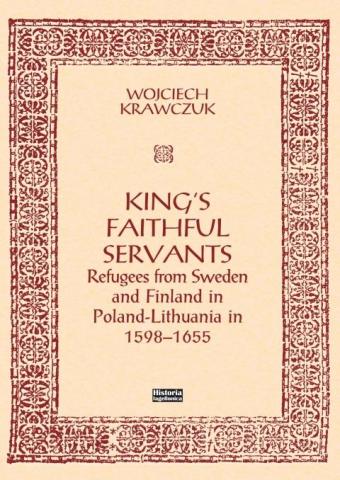
The peaceful power of the Polish-Lithuanian Commonwealth in the 16th and 17th centuries originated from the multiplicity of nations and religions coexisting in an unstable balance.Such diversity is today not easy to accept and to understand. Tolerance at the time wasr perceived differently: as the very acceptance of difference, as an undertaking of a dialogue, but not as the recognition of all worldviews as equal. Religious quarrels and tumults often disturbed the fragile peace, but the concern for the common good prevailed. Only in such a state could the integration of various groups be successful.An example, too rarely mentioned, are Lipka Tatars, who settled in Lithuania in the fourteenth century, retained the Muslim religion, and displayed patriotism for Poland and Lithuania that was and still is of the highest order, Reresentatives of various nations and religions found shelter in the Commonwealth: Jews, Armenians, Scots, Germans or Russians frpm the Moscow Empire.
This book is devoted to a group of refugees from Sweden and Finland who, during the civil war in their homeland at the end of the 16th century remained faithful to the rightful King Sigismund of the Vasa dynasty, escaped the terror of Duke Karl of Sodermanland. The propaganda of Karl and his son Gustavus Adoplhus soon began to raise a question of the religious conflict between Catholic Sigismund and mostly Lutheran Swedes and Finns. In this way, the usurpation was supposed to become legal, it became an instrument to defend religion. Sigismund began to be surrounded by a black legend, present both in Sweden and Poland even until today. Certainly, the assessment of the achievements of this monarch is not easy nor is it unequivocally positive. However, one should not accept opinions used in propaganda several hundred years ago uncritically.